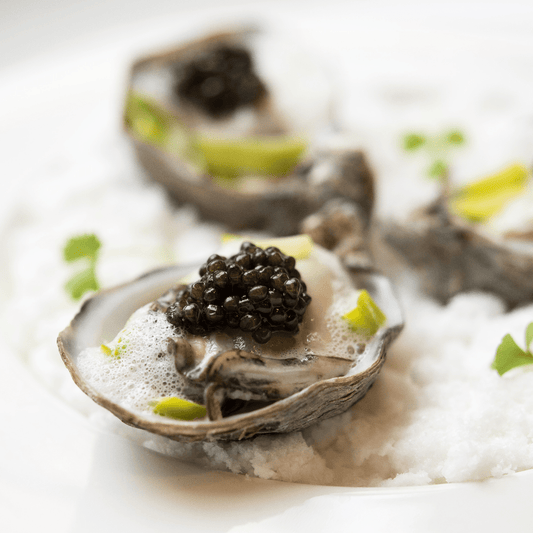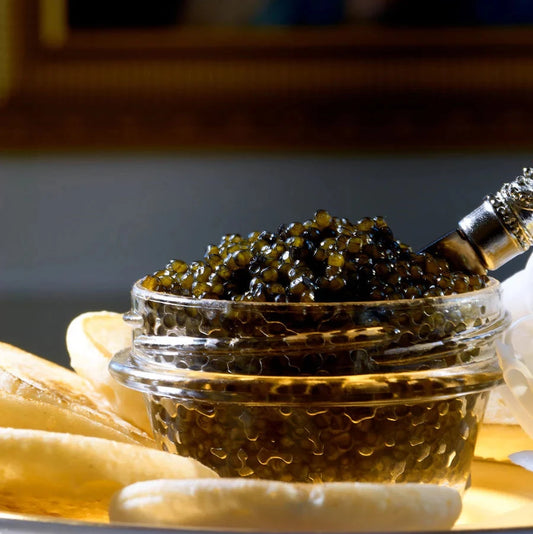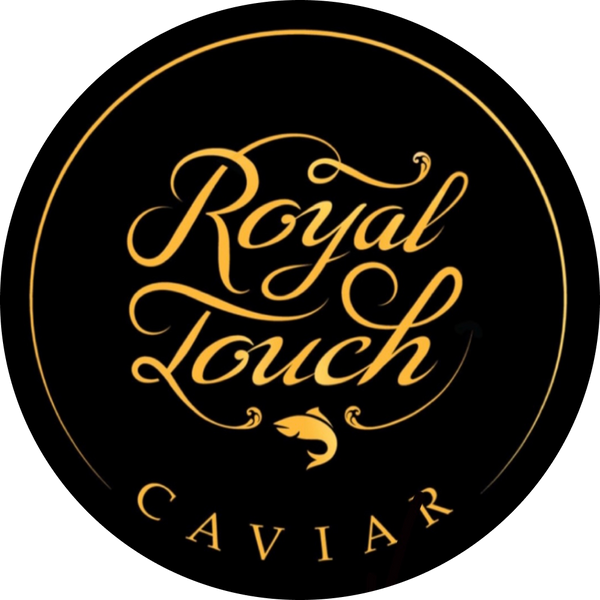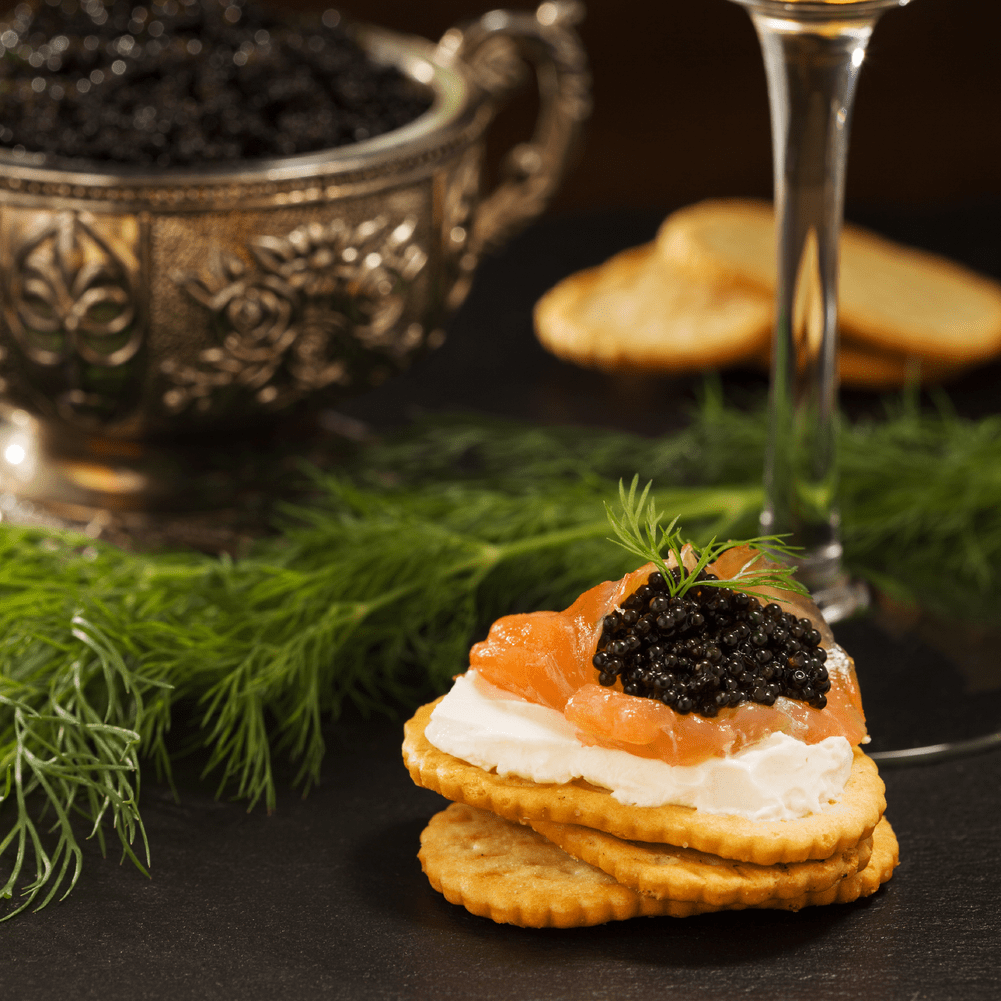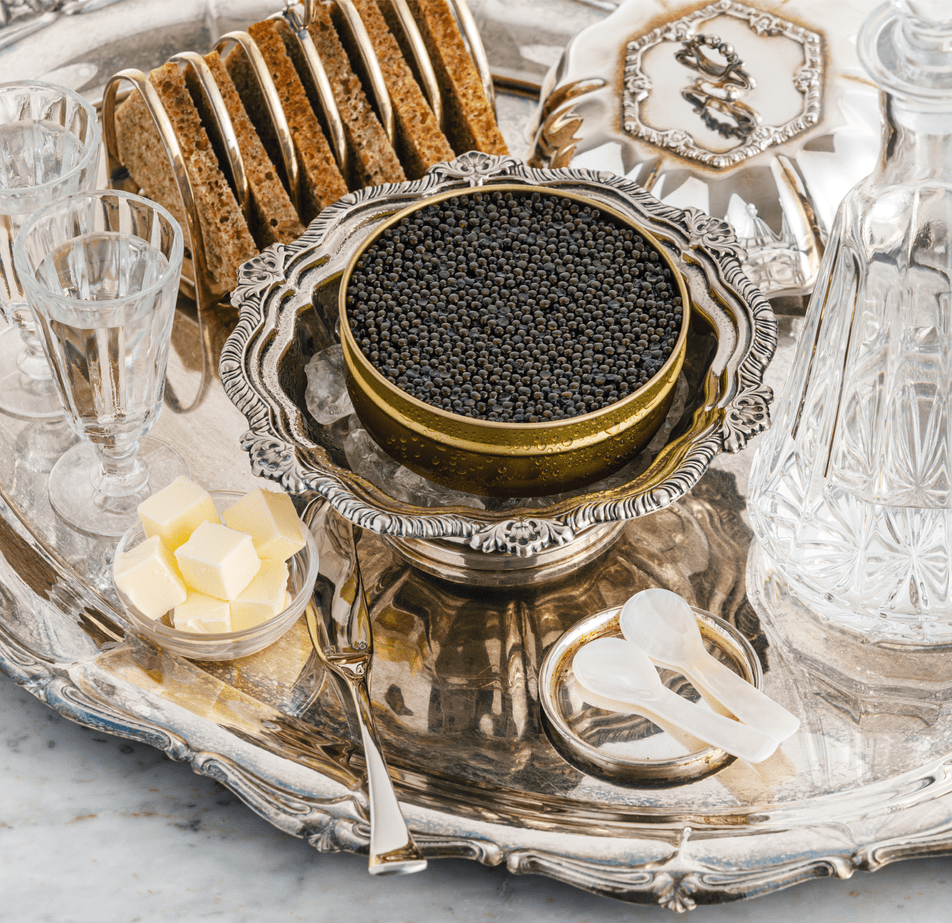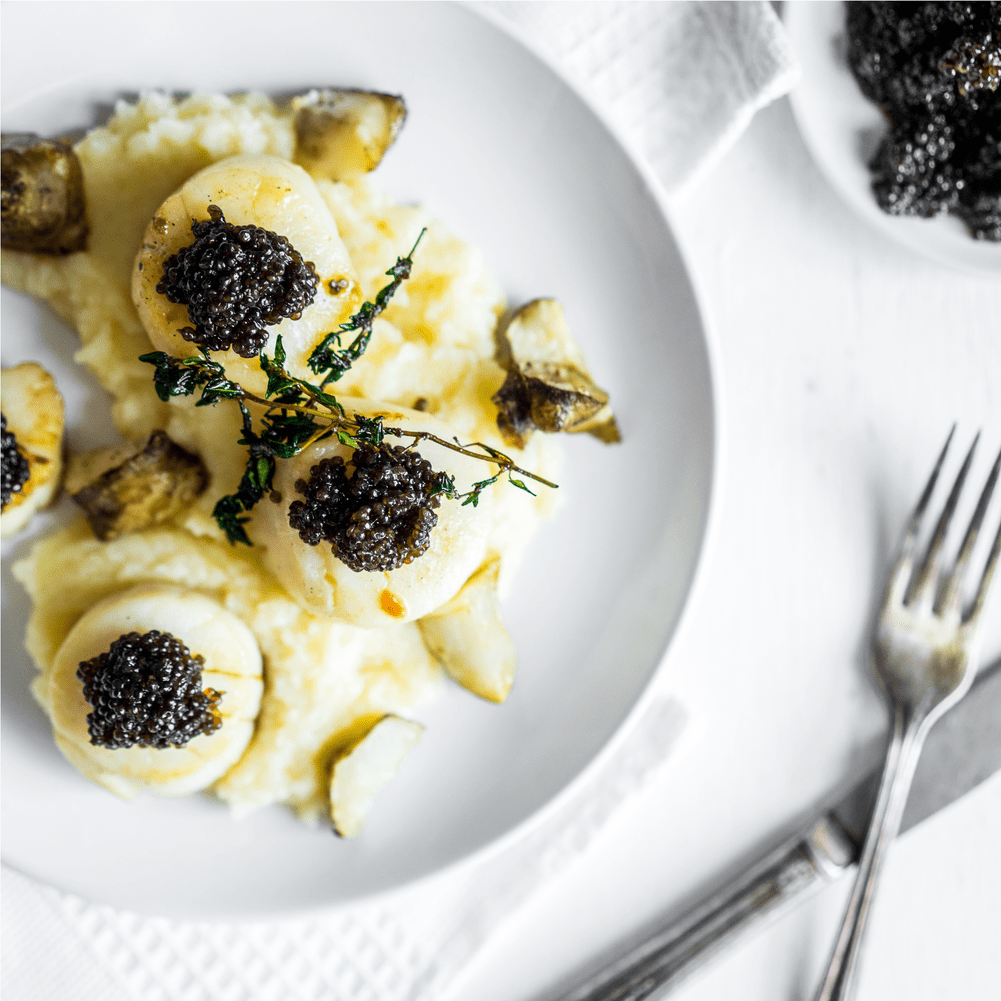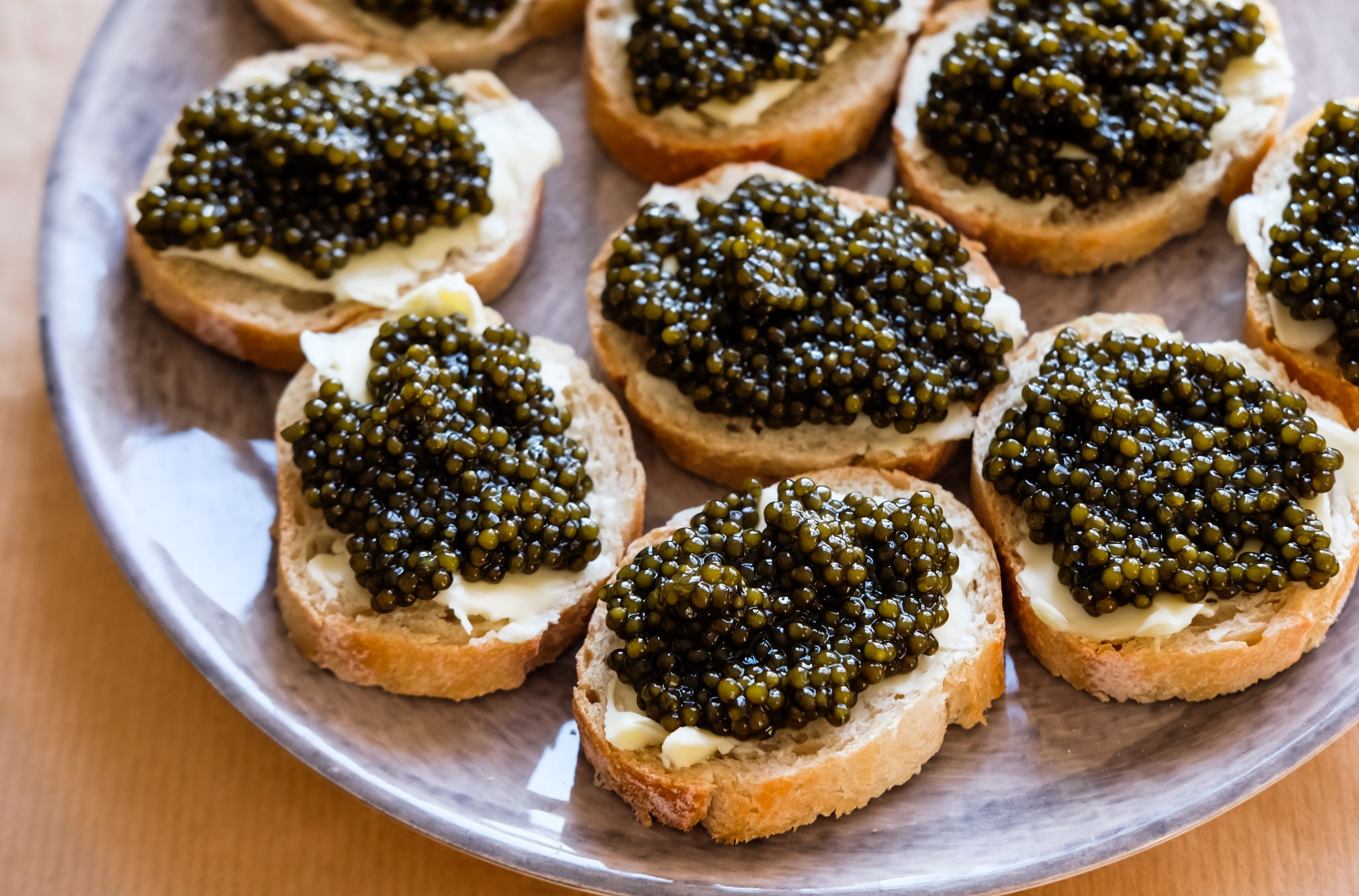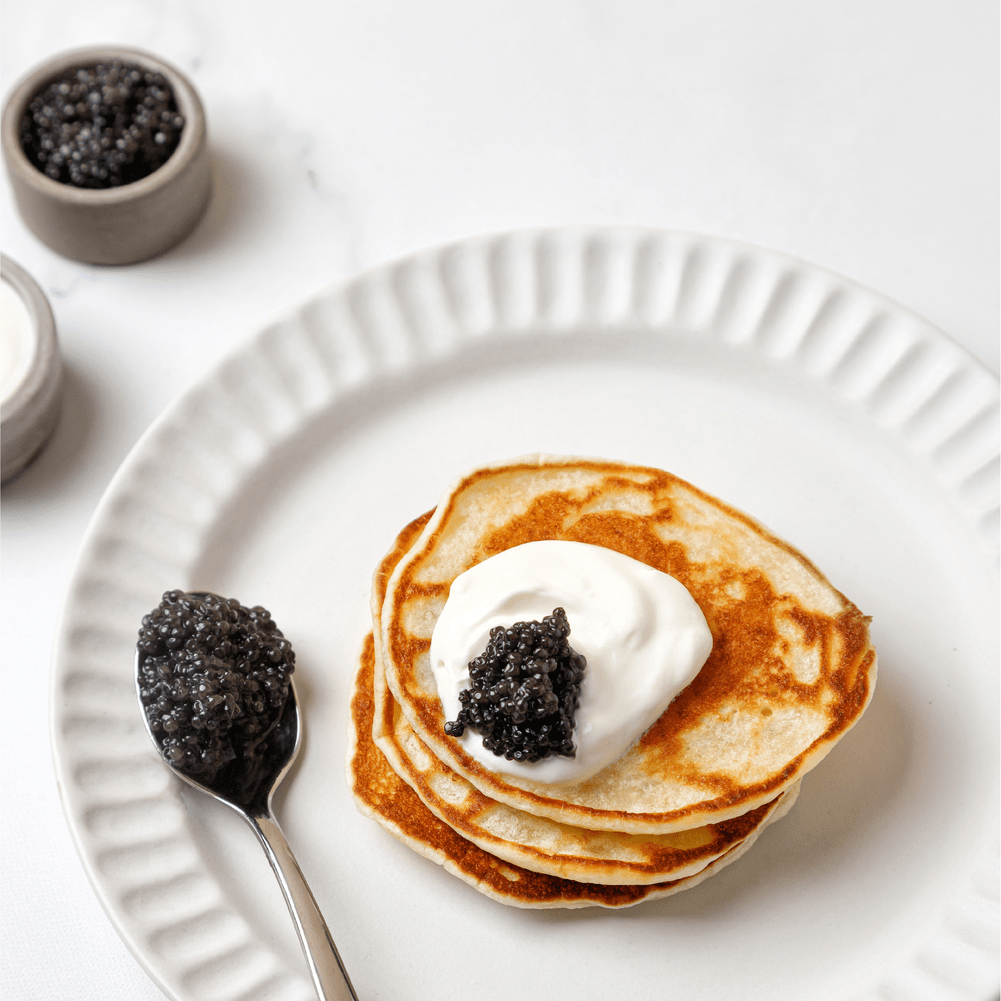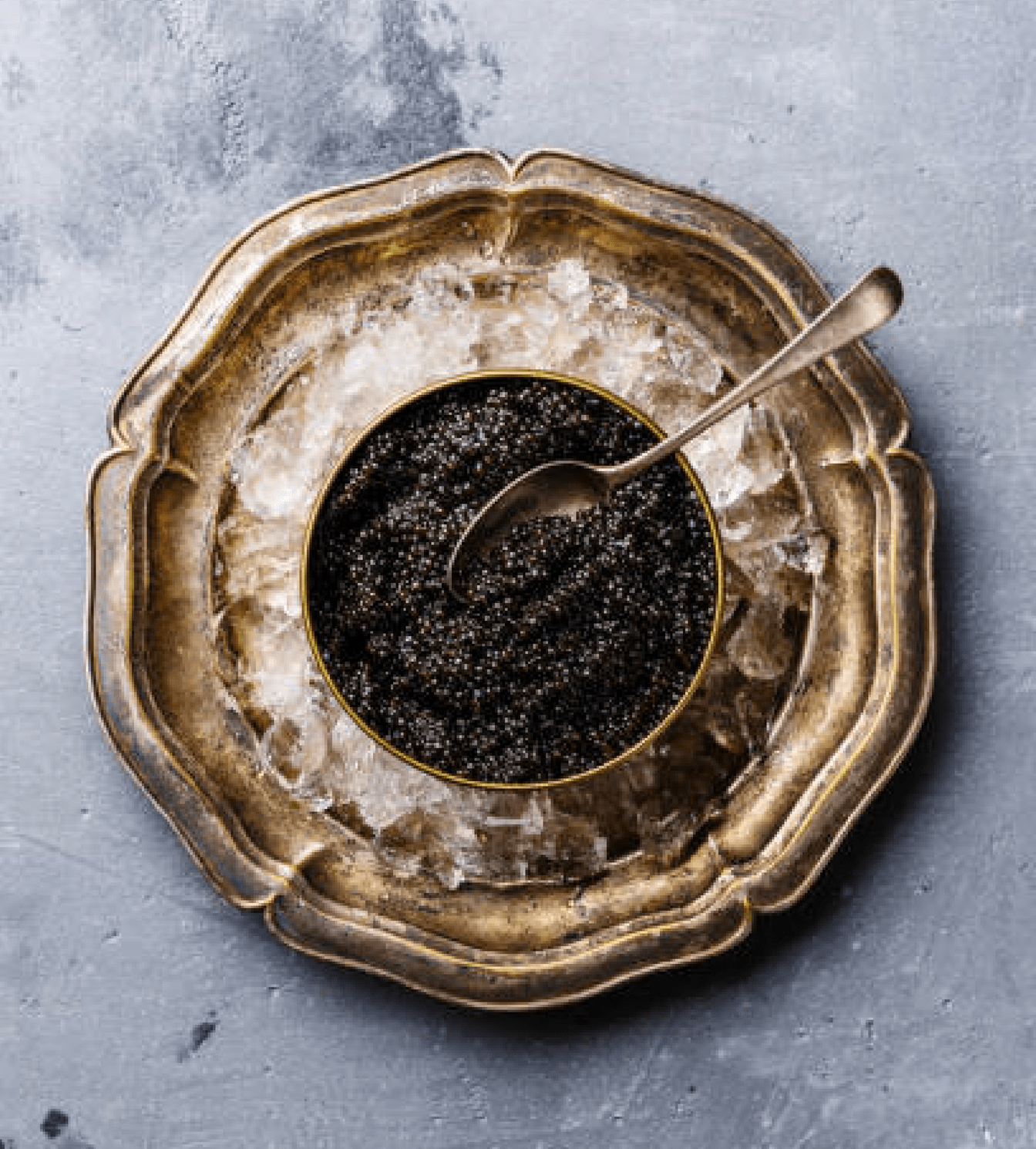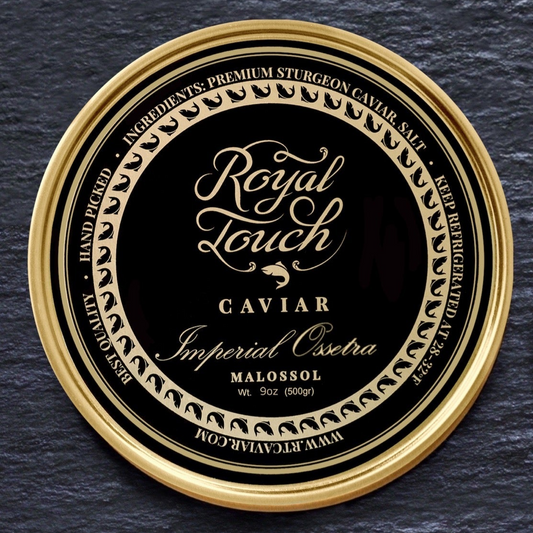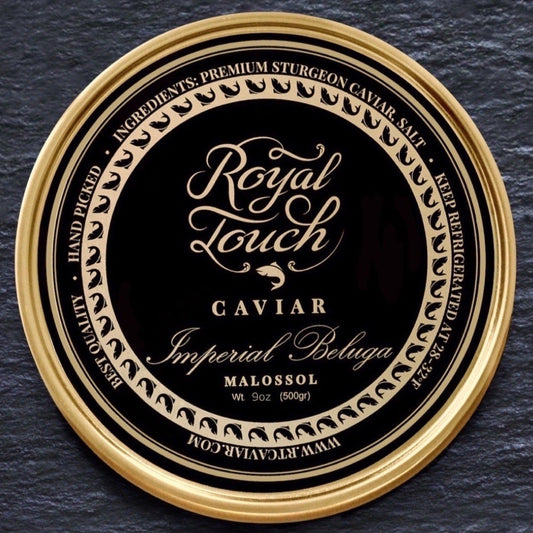Does Caviar truly have to be stored and served cold?
Andrew SobolevUpdated
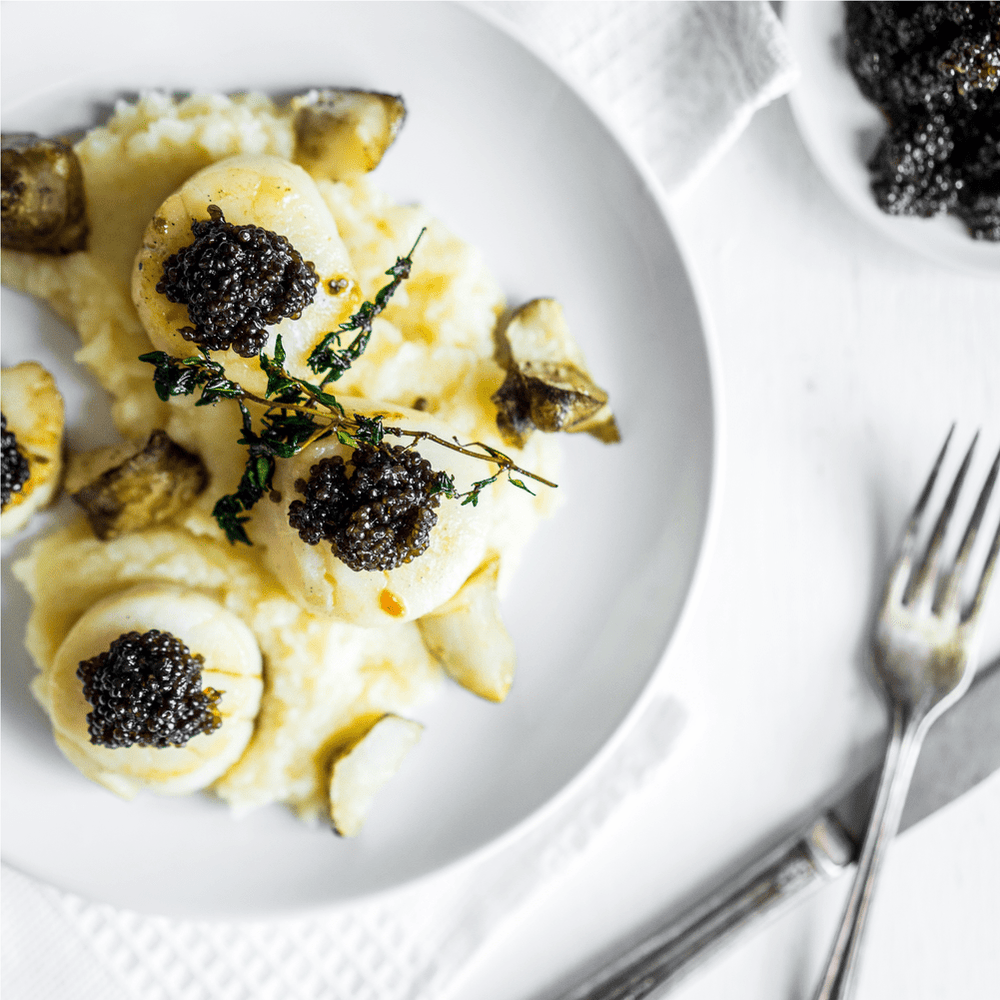
Caviar is a luxury item that is often associated with opulence and luxury. It is made from the roe of sturgeon fish and is typically served as an hors d'oeuvre or first course. Caviar is often served cold, and many people believe that it must be kept cold to maintain its quality. However, there is some debate on whether or not caviar truly needs to be stored and served cold.
Some experts argue that the eggs can be just as delicious when served at room temperature and that storing them cold is more of a marketing gimmick than anything else. Many may even claim that they can be served at whatever temperature without compromising their taste or quality.
So, does caviar truly need to be stored and served cold? It depends on who you ask. Some experts believe that caviar should be kept cold in order to preserve its flavor and texture. Continue reading to learn more.
The Importance of Temperature for Caviar
The importance of temperature when it comes to caviar cannot be understated. Caviar is a perishable food, and it is important to keep it at the correct temperature to ensure that it is fresh and of the best quality.
If the caviar is too cold, it will be hard and difficult to eat. If the caviar is too warm, it will lose its flavor and become mushy. It's key to finding the right balance, especially when it comes to storage and serving.
The Ideal Temperature for Storing Caviar
The ideal temperature for caviar storage is between 26 and 35 degrees Fahrenheit. This range of temperatures will keep the caviar fresh and prevent it from spoiling. Caviar should be stored in a cool place that's away from direct sunlight. It is also important to keep caviar away from strong odors, as the delicate flavor of the eggs can be easily overpowered.
When storing caviar, it is important to use a container that is airtight and has a tight-fitting lid. Glass or ceramic containers are ideal, as they will not absorb any flavors from the caviar. If you are using a plastic container, make sure that it is food-grade and that it has a tight seal. Once unsealed, it should be consumed within a few hours.
The Ideal Temperature for Serving Caviar
The ideal temperature for serving caviar is between 26 and 34 degrees Fahrenheit. In other words, Caviar should be served chilled but not too cold, as this temperature range will allow the caviar to retain its delicate flavor and texture. As implied above, keep the caviar refrigerated until you're ready to serve it.
On top of that, use non-reactive utensils and surfaces to prevent the caviar from interacting with other flavors. Reactive materials like silver can interact with the caviar and alter its flavor. Caviar should also be served on a non-porous surface like glass or marble to prevent it from absorbing flavors from the surface.
Conclusion
While it is true that caviar should be stored and served cold in order to maintain its freshness and flavor, it's best to be precise with the actual temperature and timing. With that knowledge and the best practices, it's possible to enjoy caviar to its fullest potential.
Finally learned the right ways to serve caviar? Royal Touch Black Caviar is a purveyor of enticingly divine, exceptional quality Osetra and Premium Beluga caviar with a rich and distinctive flavor. Try it today!
